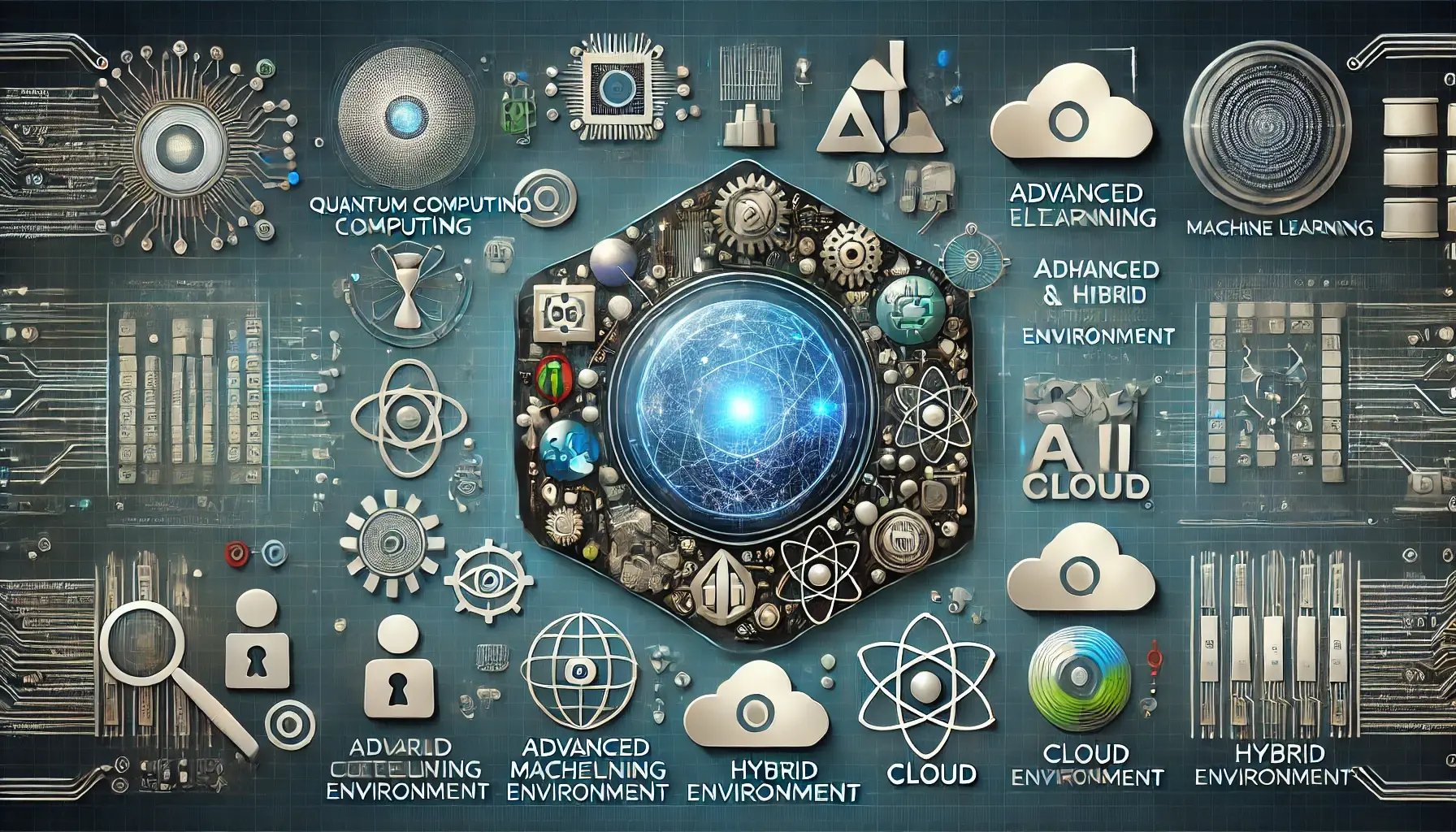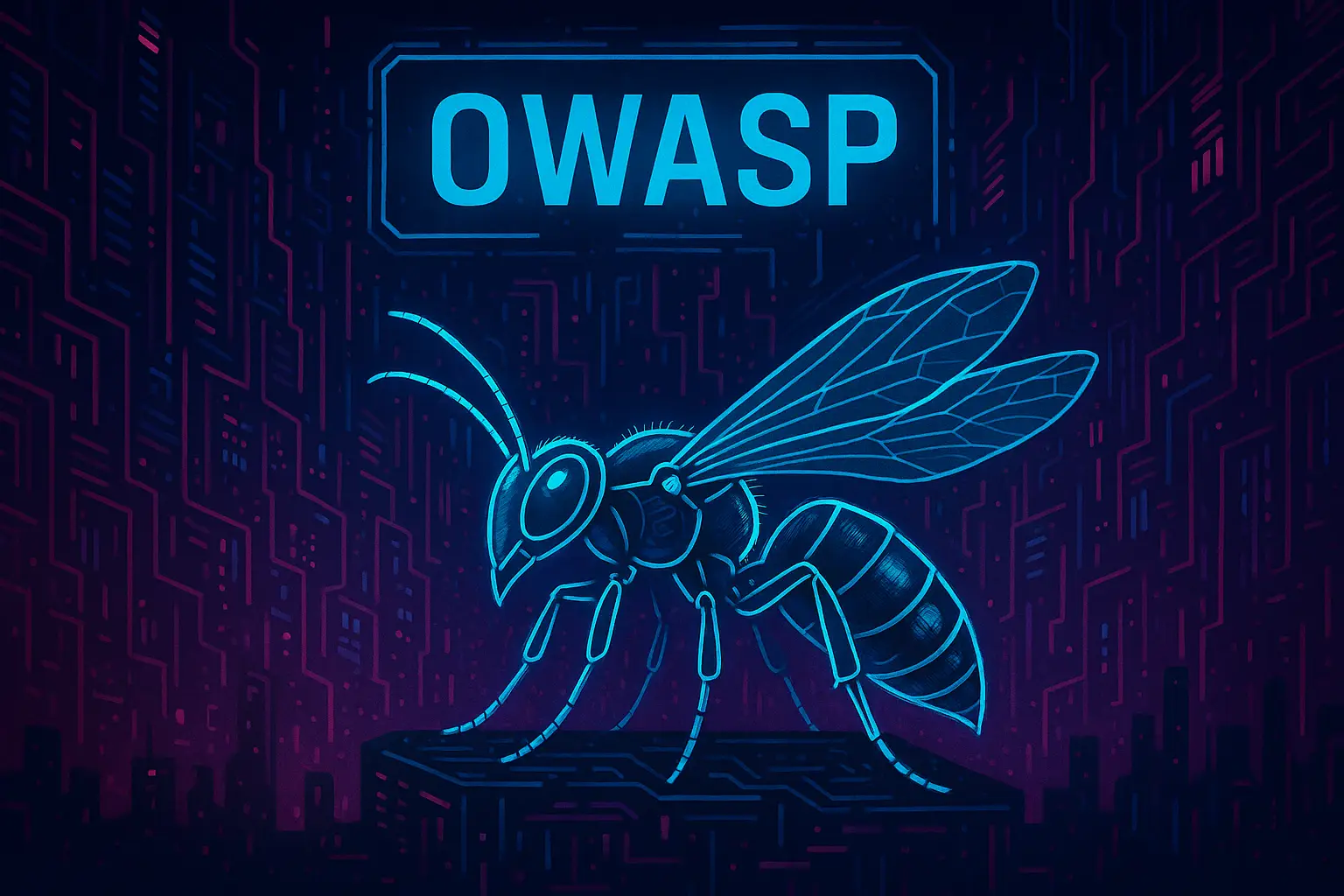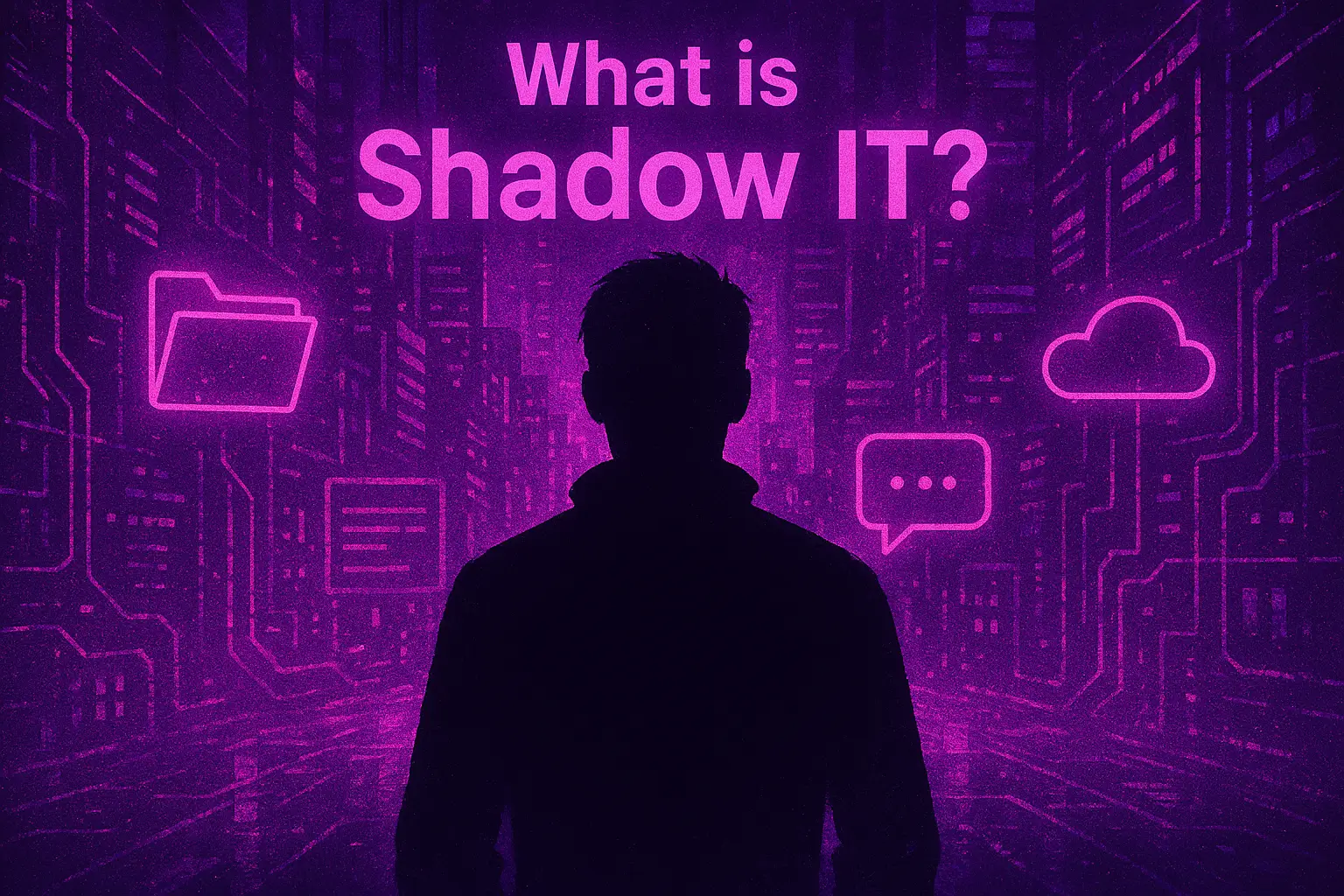As we conclude our comprehensive series on a proactive cyber defence, it’s crucial to anticipate the future landscape of threat hunting. The rapidly evolving threat environment and advancements in technology demand a forward-thinking approach. Here, we examine emerging trends, innovative technologies, and proactive strategies organisations must adopt to stay ahead in cybersecurity with a robust detect and defend strategy.
Evolution of Advanced Threat Actors
Threat actors evolve rapidly, becoming increasingly sophisticated and innovative in their approaches. Today’s advanced persistent threats (APTs) leverage highly specialised skills, employing complex and multi-layered attacks designed to evade traditional security defences. These actors are often backed by significant resources, enabling prolonged campaigns meticulously tailored to specific organisational vulnerabilities.
One significant evolution is threat actors’ use of artificial intelligence and machine learning. These technologies enable attackers to create adaptive malware capable of dynamically adjusting to bypass detection tools and behavioural analytics. AI-driven malware can autonomously scan for and exploit previously unknown vulnerabilities in real time, dramatically reducing the effectiveness of static defences and traditional detection methods.
Fileless attacks represent another critical shift. By exploiting legitimate system tools like PowerShell and Windows Management Instrumentation (WMI), attackers can achieve persistence and lateral movement without ever writing malware to disk. Cyber Defence recently uncovered an advanced fileless campaign against a multinational logistics firm, where attackers executed malicious scripts directly from memory. Traditional antivirus and signature-based defences entirely missed this attack, highlighting the need for advanced threat-hunting methodologies.
Automated lateral movement and privilege escalation have also become increasingly common. Using automated toolsets, attackers rapidly escalate privileges and move through networks once initial access is gained. In one case, Cyber Defence analysts detected an attacker rapidly traversing network segments using automated scripts after initially compromising an administrator’s credentials. Quick detection and containment by our threat hunters prevented substantial operational disruption and potential data exfiltration.
State-sponsored threat actors complicate the landscape by executing highly targeted espionage and sabotage operations. These adversaries meticulously research their targets, creating custom exploits and advanced social engineering schemes. For instance, Cyber Defence successfully mitigated a highly targeted spear-phishing campaign against an international legal firm, where attackers aimed to infiltrate and exfiltrate highly sensitive legal documents for geopolitical purposes. Deep analysis of communication patterns and behavioural anomalies enabled our threat hunters to swiftly identify and neutralise the threat.
AI and Machine Learning in Threat Hunting
Artificial intelligence (AI) and machine learning (ML) are revolutionising cybersecurity, particularly in threat hunting. Cyber Defence has been at the forefront, successfully using our proprietary AI solutions for threat hunting over the past two years. Our customised AI models analyse vast datasets, identifying subtle behavioural anomalies and complex threat patterns that even seasoned human analysts might overlook. These technologies continuously evolve by learning from historical threat data, dynamically adapting to effectively identify new, previously unseen threats.
Our AI-driven threat-hunting model recently uncovered a highly targeted and sophisticated attack against a shipping company’s logistics system. The system identified intricate patterns within seemingly normal activities, such as subtle deviations in employee login times and unusual file access sequences. These minor anomalies, detected through advanced machine learning techniques, revealed a carefully orchestrated data exfiltration attempt. Rapid identification and containment prevented significant operational and financial damage.
Building on this success, Cyber Defence is exploring innovative approaches such as “swarm intelligence,” where multiple AI models collaborate in real time to enhance detection and response capabilities. In swarm mode, several specialised AI systems independently analyse different aspects of the network, such as endpoint behaviour, network traffic patterns, and user activity anomalies. These individual AIs then collaboratively share insights, cross-validate findings, and collectively determine the severity and urgency of potential threats. This approach significantly reduces false positives and accelerates threat identification and response processes, providing unparalleled proactive defence capabilities.
Threat Hunting in Cloud and Hybrid Environments
As organisations increasingly adopt cloud and hybrid infrastructure models, threat hunting must evolve to address the unique challenges posed by environments such as Azure. Cloud platforms offer significant advantages, including scalability and flexibility, but also introduce distinct security challenges. For instance, misconfigurations—often due to complexity and rapid deployment—can inadvertently expose sensitive data and systems.
Azure environments pose specific challenges, including visibility limitations due to abstracted infrastructure layers, making comprehensive threat monitoring more complicated than traditional on-premise setups. API exploitation is another critical risk; attackers frequently target APIs due to their accessibility and potential exposure. Furthermore, compromised credentials remain prevalent, as attackers exploit identity-based attacks to escalate privileges and access sensitive resources within cloud platforms.
Cyber Defence encountered these complexities during a recent threat hunt for a global financial services firm that extensively uses Azure. Our team observed subtle indicators of unauthorised API calls and credential misuse. Traditional tools initially missed these activities due to cloud services’ dynamic and distributed nature. Through advanced correlation techniques and tailored cloud-native analytics, our threat-hunting specialists uncovered compromised accounts and API manipulation attempts, swiftly isolating threats before substantial damage occurred.
To address these challenges effectively, threat-hunting strategies in cloud and hybrid environments must incorporate cloud-native security tools, enhanced visibility solutions, and comprehensive identity management. Continuous adaptation of threat detection methodologies, tailored explicitly to cloud technologies like Azure, ensures proactive identification of threats despite the complexities of modern IT ecosystems.
Emerging Technologies – Quantum Computing and Beyond
Quantum computing poses both risks and opportunities for cybersecurity. While it promises exceptional capabilities for data analysis, encryption, and threat detection, it equally presents threats by potentially breaking current cryptographic standards. Proactive threat hunters must anticipate these developments and prepare defensive strategies for the post-quantum world.
Cyber Defence has already initiated research into quantum-resistant cryptographic standards and quantum-enhanced anomaly detection techniques. By investing in advanced research and development today, organisations position themselves to proactively manage future quantum-related threats and leverage quantum computing to enhance defensive operations.
Preparing Your Organisation for Tomorrow’s Challenges
Organisations should continually invest in training, technological innovations, and strategic planning to proactively face future cybersecurity challenges. Building adaptable teams with advanced analytical skills, fostering collaborative intelligence-sharing environments, and maintaining flexible security infrastructures are key to staying ahead of evolving threats.






